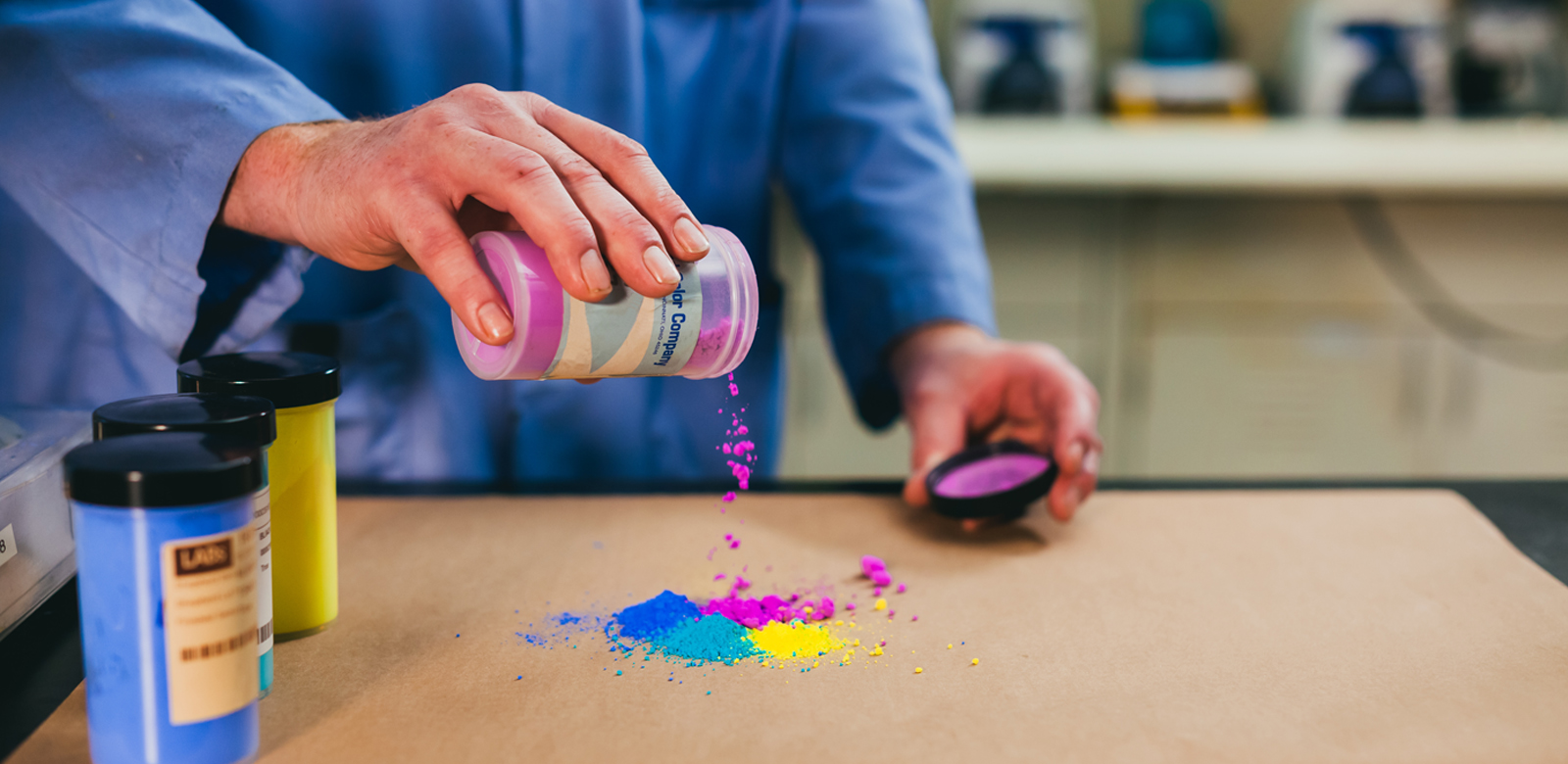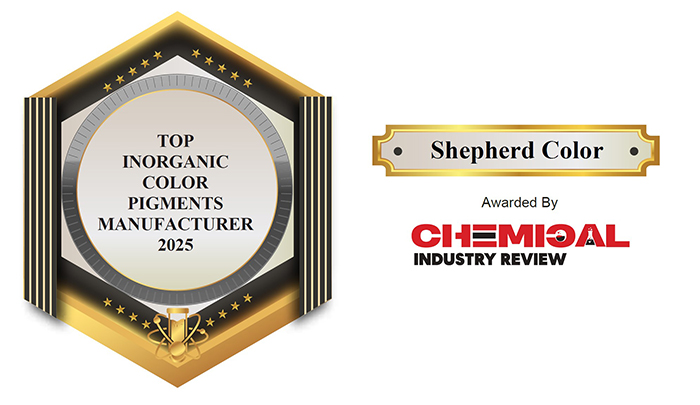NEWS
High-Performance Inorganic Pigments for Improved Paints and Coatings

Due to the color, opacity, and inertness of CICPs, they can be used in a wide range of coatings systems
In the Oct/Nov issue of Turkcoat magazine Mark Ryan, Market & Product Manager, and Sena Sahin of Color & More, review high-performance inorganic color pigments for improved paints and coatings. The differences of organic vs. inorganic pigments are discussed and how inorganic pigments can bridge the performance gap with their durability and bright colors that rival the organic pigment offerings.
Paints and coatings producers face challenges in meeting more demanding product specifications, increasing regulatory requirements, logistics and production issues, and attaining sustainability targets. A class of pigments known as Complex Inorganic Color Pigments (CICPs) address these issues and allow paints and coatings producers to develop, produce, and market differentiated products for specialty applications. Colorant classification systems can be broken down many different ways. Pigments fall broadly into two classifications; organic and inorganic. In general, the organic pigments provide bright chromatic colors with variable, but inherently limited heat-stability, chemical resistance, opacity, and overall durability. Inorganic pigments provide higher stability, durability, and opacity- but with a smaller range of less chromatic colors than the organic pigments.
The CICPs bridge that performance difference with the durability of standard inorganic pigments while having bright colors that rival the organic pigment offerings. Many of the advantages of the CICPs can be explained by the terms in “CICP”.
Complex refers to that they are not based on single oxides, but are multiple metals in a single oxide structure and are locked in place during high-temperature calcination in a kiln at usually over 800°C.
Download the entire article here.
REAM MORE: Pigments Continue to Play a Role in Energy Saving, Recycling, and Sustainability
READ MORE: Shepherd Color Announces New Blue Pigment
READ MORE: Shepherd Color Announces New IR Reflective Green Pigment


